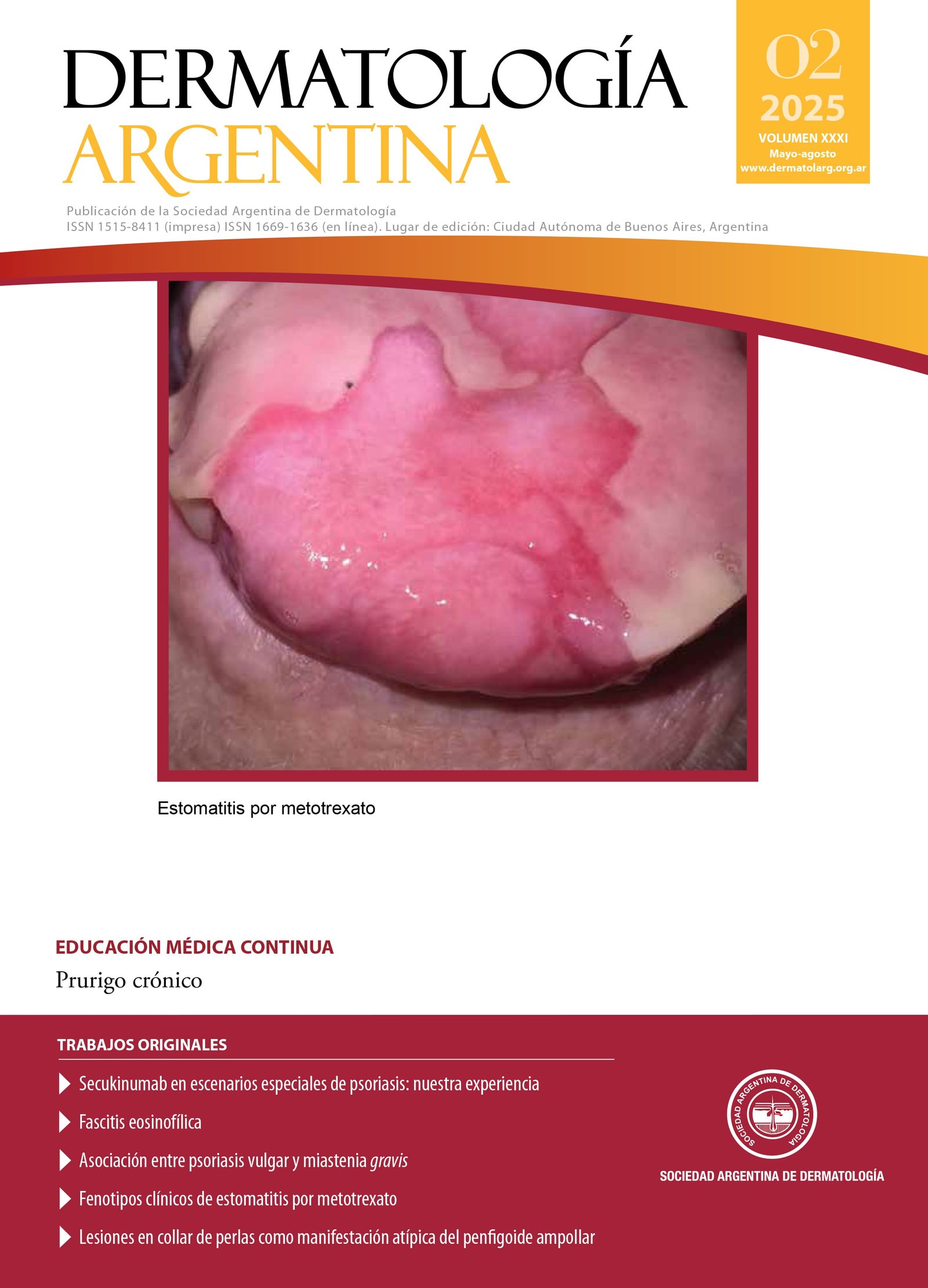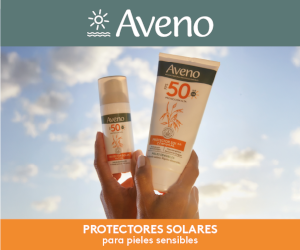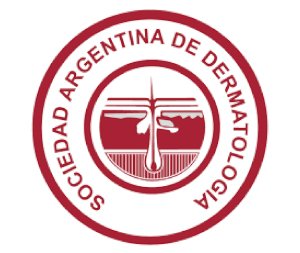Kaposiform hemangioendothelioma
DOI:
https://doi.org/10.47196/da.v31i2.2878Keywords:
kaposiform hemangioendothelioma, vascular tumorsAbstract
Kaposiform hemangioendothelioma (KHE) is a locally aggressive, rare vascular tumor that affects pediatric patients. It presents as a firm and solitary tumor, erythematous-purple, located in the skin or soft tissue, that can invade adipose tissue muscle and bone. Approximately 70% of cases may be associated with the Kasabach-Merritt phenomenon, a consumptive coagulopathy that carries significant morbidity and mortality. Due to the lack of a standardized treatment, several therapeutic options have been explored, including corticosteroid therapy, sirolimus, and vincristine. We present the case of a preterm newborn patient with KHE diagnosis.
References
I. Putra J, Gupta A. Kaposiform hemangioendothelioma: a review with emphasis on histological differential diagnosis. Pathology. 2017;49:356-362.
II. Croteau SE, Liang MG, Kozakewich HP, Alomari AE, et ál. Kaposiform hemangioendothelioma: atypical features and risks of Kasabach-Merritt phenomenon in 107 referrals. J Pediatr. 2013;162:142-147.
III. Drolet B, Trenor C, Brandao L, Chiu Y, et ál. Consensus-derived practice standards plan for complicated kaposiform hemangioendothelioma. J Pediatr. 2013;163:285-291.
IV. Peng S, Yang K, Xu Z, Chen S, et ál. Vincristine and sirolimus in the treatment of kaposiform hemangioendothelioma. J Paediatr Child H. 2019;55:1119-24.
V. Enjolras O, Mulliken JB, Wassef M, Frieden IJ, et ál. Residual lesions after Kasabach-Merritt phenomenon in 41 patients. J Am Acad Dermatol. 2000;42:225-235.
VI. International Society for the Study of Vascular Anomalies (ISSVA). Classification of vascular anomalies 2018. ISSVA; 2018. Disponible en: https://www.issva.org/UserFiles/file/ISSVA-Classification-2018.pdf.
VII. Gong X, Ying H, Zhang Z, Wang L, et ál. Ultrasonography and magnetic resonance imaging features of kaposiform hemangioendothelioma and tufted angioma. J Dermatol. 2019; 46:835-842.
VIII. Rodríguez V, Lee A, Witman PM, Anderson PA. Kasabach-Merritt Phenomenon. J Pediatr Hematol Oncol. 2009;31:522-526.
IX. Wananukul S, Nuchprayoon I, Seksarn P. Treatment of Kasabach-Merritt syndrome: a stepwise regimen of prednisolone, dipyridamole, and interferon. Int J Dermatol. 2003;42:741-748.
X. Yao W, Li K, Wang Z, Pei J, et ál. Comparison of corticosteroid and vincristine in treating kaposiform hemangioendothelioma and tufted angioma. A systematic review and meta-analysis. Eur J Pediatr Surg. 2019;29:401-407.
Downloads
Published
Issue
Section
License
Copyright (c) 2025 on behalf of the authors. Reproduction rights: Argentine Society of Dermatology

This work is licensed under a Creative Commons Attribution-NonCommercial-NoDerivatives 4.0 International License.
El/los autor/es tranfieren todos los derechos de autor del manuscrito arriba mencionado a Dermatología Argentina en el caso de que el trabajo sea publicado. El/los autor/es declaran que el artículo es original, que no infringe ningún derecho de propiedad intelectual u otros derechos de terceros, que no se encuentra bajo consideración de otra revista y que no ha sido previamente publicado.
Le solicitamos haga click aquí para imprimir, firmar y enviar por correo postal la transferencia de los derechos de autor













